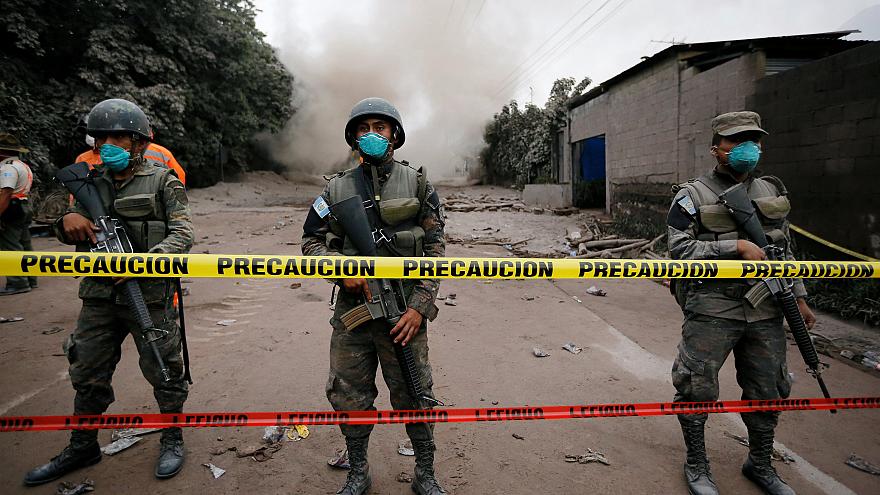A volcano that erupted early Sunday in Guatemala has killed at least 65 people and displaced thousands more. But while this weekend’s explosion was the most intense that has been recorded at that volcano in more than 40 years, experts say the volcanic activity can be explained because of Guatemala’s location along the edge of the so-called Pacific Ring of Fire.
The Ring of Fire is a horseshoe-shaped zone that can be traced along the rim of the Pacific Ocean, where many of the world’s earthquakes and volcanic eruptions occur. The regions within this “ring” are seismically and volcanically active because they just happen to be located at the boundaries of several tectonic plates that are continually mashing and colliding, said Kirsten Hodge, a volcanologist at the University of British Columbia in Vancouver, Canada.
Guatemala’s Volcán de Fuego, or Volcano of Fire, sits atop a subduction zone, where the Cocos Plate is diving beneath the Caribbean Plate.
“That is triggering melting of the crust, and the magma that is being produced is feeding the volcano and making it erupt,” Hodge said Monday.
The Volcano of Fire is one of South America’s most active volcanoes, and has been erupting on and off for centuries, according to the U.S. Geological Service. The volcano previously erupted earlier this year, on Jan. 31, sending an enormous plume of ash more than 21,000 feet high.
The Guatemala eruption comes as Hawaii’s Kilauea volcano, more than 4,000 miles away, experiences a strong uptick in volcanic activity that began more than four weeks ago. The two outbursts, however, are not linked, said Janine Krippner, a volcanologist and postdoctoral researcher at Concord University in Athens, West Virginia.
“They’re two completely different systems, and they’re also very far away from each other,” Krippner said.
Kilauea is a shield volcano with lava that is relatively fluid, so when trapped gas expands and bursts, the resulting eruptions are typically not as deadly. The Volcano of Fire, on the other hand, is what’s known as a stratovolcano, with more viscous lava flows that can generate volatile explosions.
“In Guatemala, that lava is viscous and sticky, so the pressurized gas can’t easily escape,” Krippner explained. “It’s like blowing bubbles in tar.”
These differences also explain why the Volcano of Fire eruption has been more deadly. While Kilauea’s eruption has produced ash clouds and lava flows, forcing residents to evacuate neighboring areas, the eruption in Guatemala has generated dangerous pyroclastic flows, which are fast-moving avalanches of rock, blocks of lava and gas.
“These are incredibly fast and incredibly deadly,” Krippner said. “You could be standing in front of it and you just can’t tell how fast it’s coming. It’s very deadly and needs to be taken seriously.”






